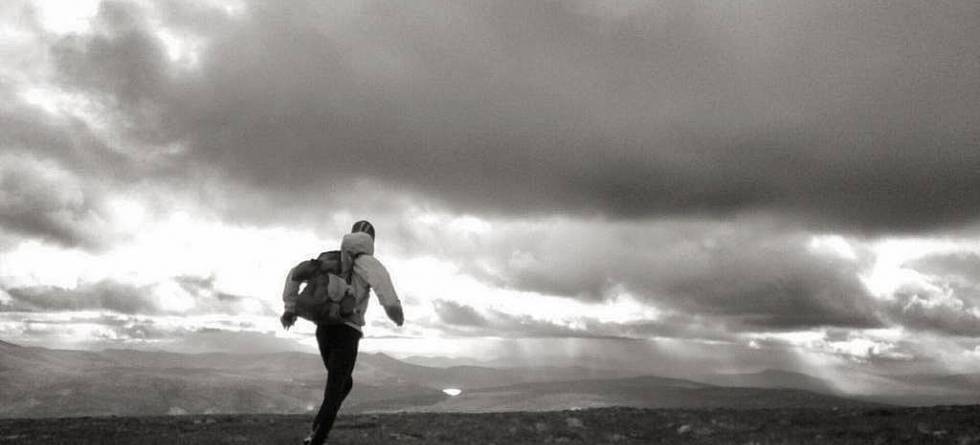How does a typical day on the Northern Run of Pole to Paris looks like? It is a question I have been asked quite a few times so far. The answer is that there are no typical days. That is what makes the Northern Run so interesting and unique.
If every day was like the previous one, I would probably have quit. After all, one of the motivations for doing this was to make a change from the day-in and day-out life behind a computer my PhD work provided.
Now, each day is new; the scenery, the audience of my talks and my mood.
I started in Tromsø, the capital of the Arctic. I crossed the majestic Kvaløya, the prestine Senja, the unique Vesterålen and the world-famous Lofoten. Then I took on the sunny Saltfjellet, the never-ending Hattfjelldalen and the extremely tough Børgefjell. I had stop-overs in the regional centers Bodø and Mo i Rana. But there is mainly the long days in the mountains I look back at from Northern Norway. In Middle Norway, that changed.
Røyrvik, Grong, Overhalla, Steinkjer, Verdal and Levanger might not be the centers of the world, but the people living here could well be leaders of the world when it comes to hospitality - or at least leaders of the country. Some mornings it's hard to leave through that front door. In the mountains it could be due to the harsh weather compared to the warm and safe cabin; in Trøndelag it was due to the people.
Normally, hospitality grows opposite proportionally with inhabitants of the place, but also the capital of the region Trondheim provided "mykje lys og mykje varme" (a lot of light and warmth; quote from one of their own music artists). In the third largest city of Norway, people turned out in tens and into hundreds to run with me or to hear about the possibilities of a more sustainable future.
Since Trondheim, I've mostly been running through soggy marshes, dense forests and open mountain areas. There's more of the latter to come as I now take on Rondane, Jotunheimen and Filefjell before I meet up with family in Hemsedal for my sister's wedding.
Some of these family members (and friends) will also join me running for a bit, offering a break from the usual solitude accompanied only by sheep and raindeer. However, I very seldom feel lonely as I often stop by towns and villages along the way to give presentations in schools and other arenas. Then I try as often as I can to have a dialogue with the audience. I don't have all the answers and learn all the time.
What I really like is when I'm invited to stay the night at a local teacher, athlete, politician or others. The early nights in the mountain cabins are then replaced with discussions on environmental leadership and world problems long after my suggested bedtime. The world needs engagement.
Maybe because of these nights of little sleep, maybe because of something else, my daily felt fitness varies as day and night. Some days (like today) 26 km feels like nothing; other days my body never wakes up. Or it might - after 20 km - only to go back to full resistance 10 km later to finish the last 13 km in sleep-mode (like yesterday). Some weeks my left knee only allows me to walk; others a blister on my right heel won't allow me to tie my shoe.
No days are equal, and similarly the terrain and distance vary. I've gotta push through to the next possible location to spend the night, whether it's 15 km or 45 km to cover, on roads, paths or none of both.
You never know, and that's the fun of it. You just gotta face it and handle the challenges. You gotta be on top of it.
I wonder what tomorrow will bring.

